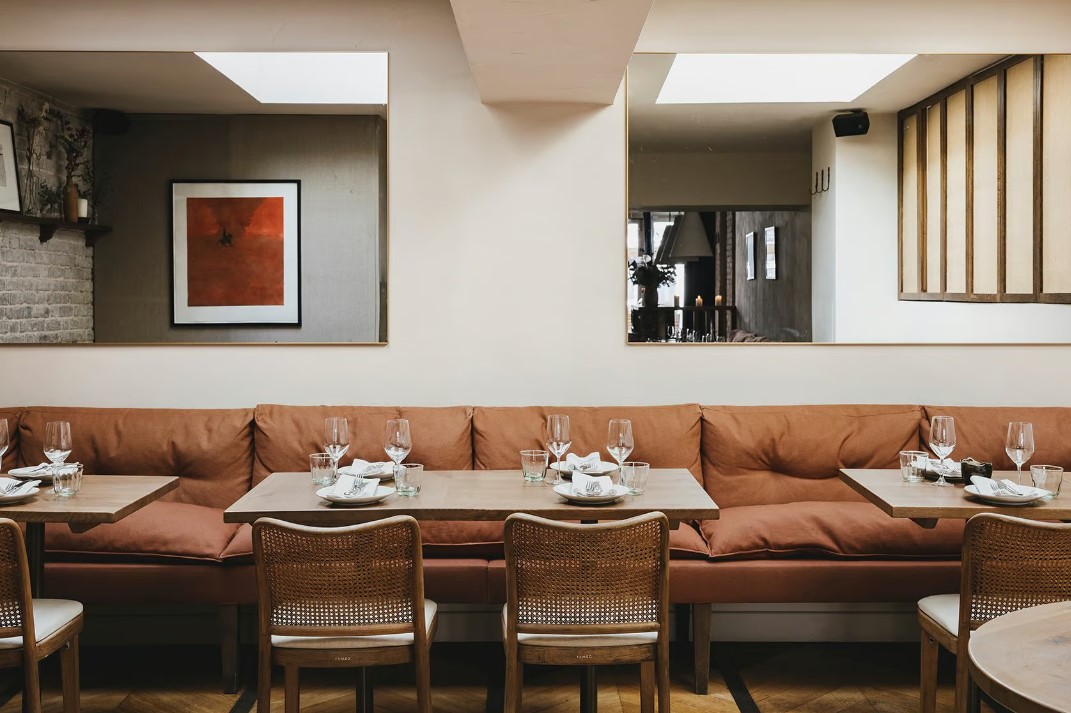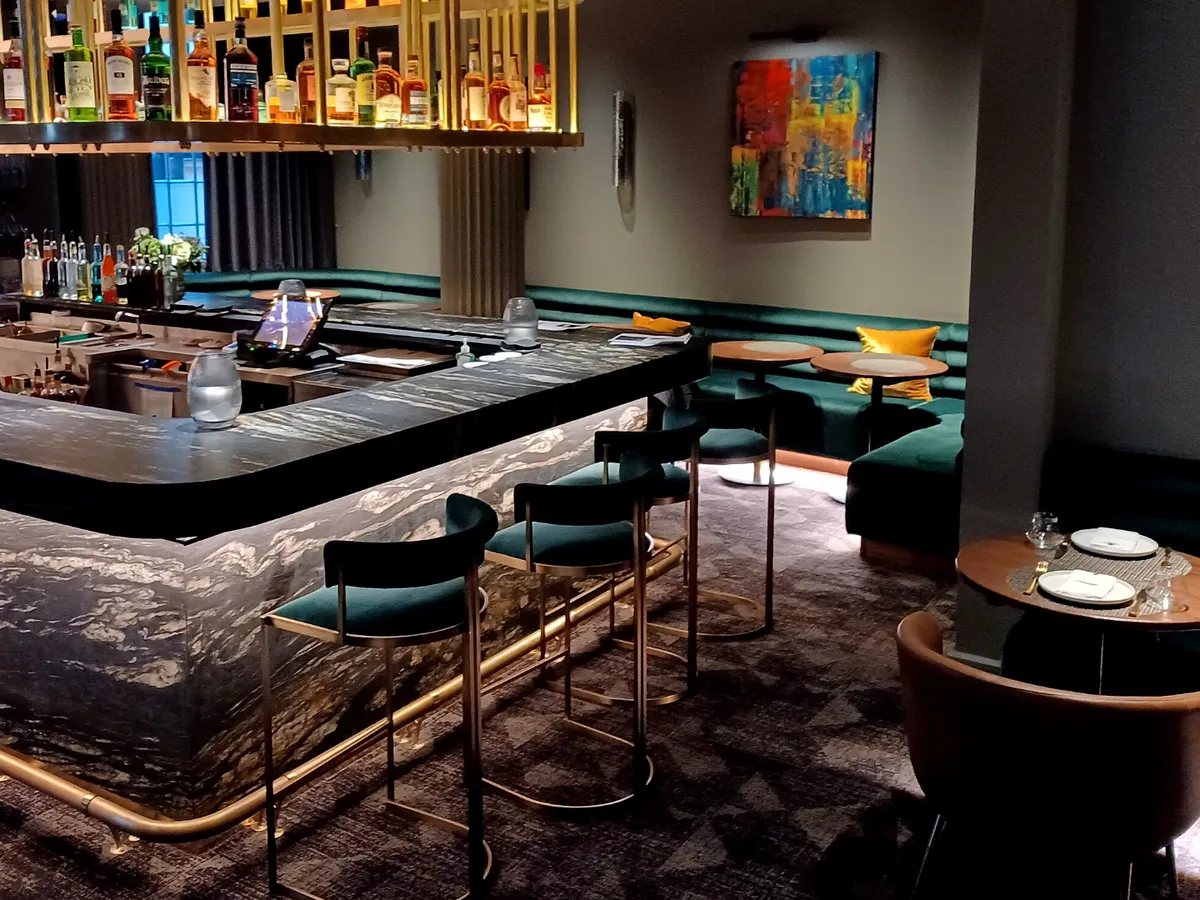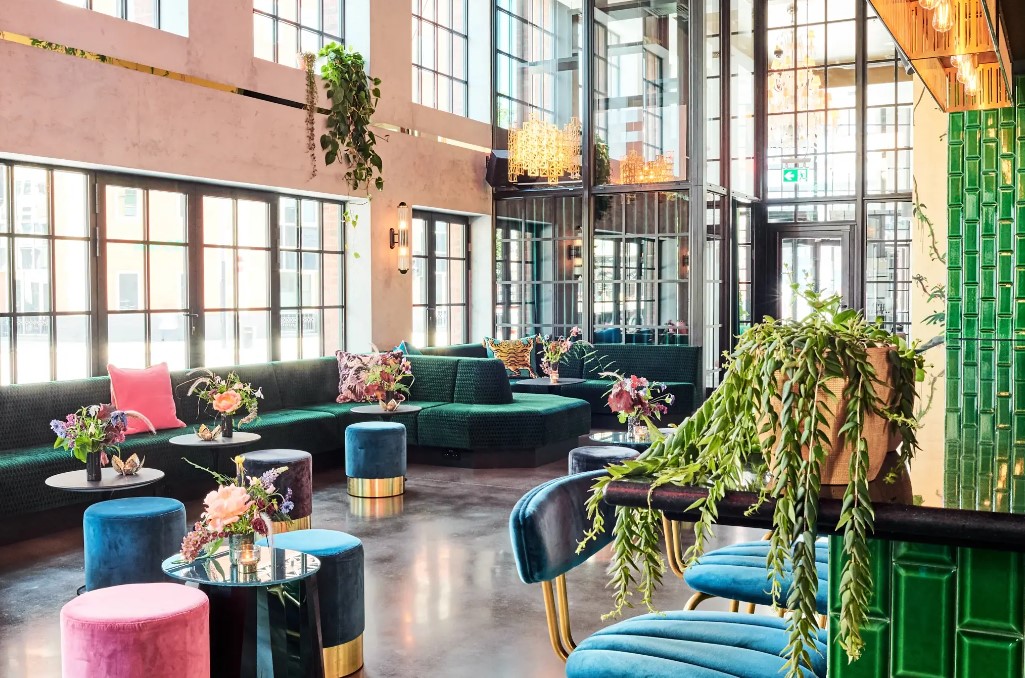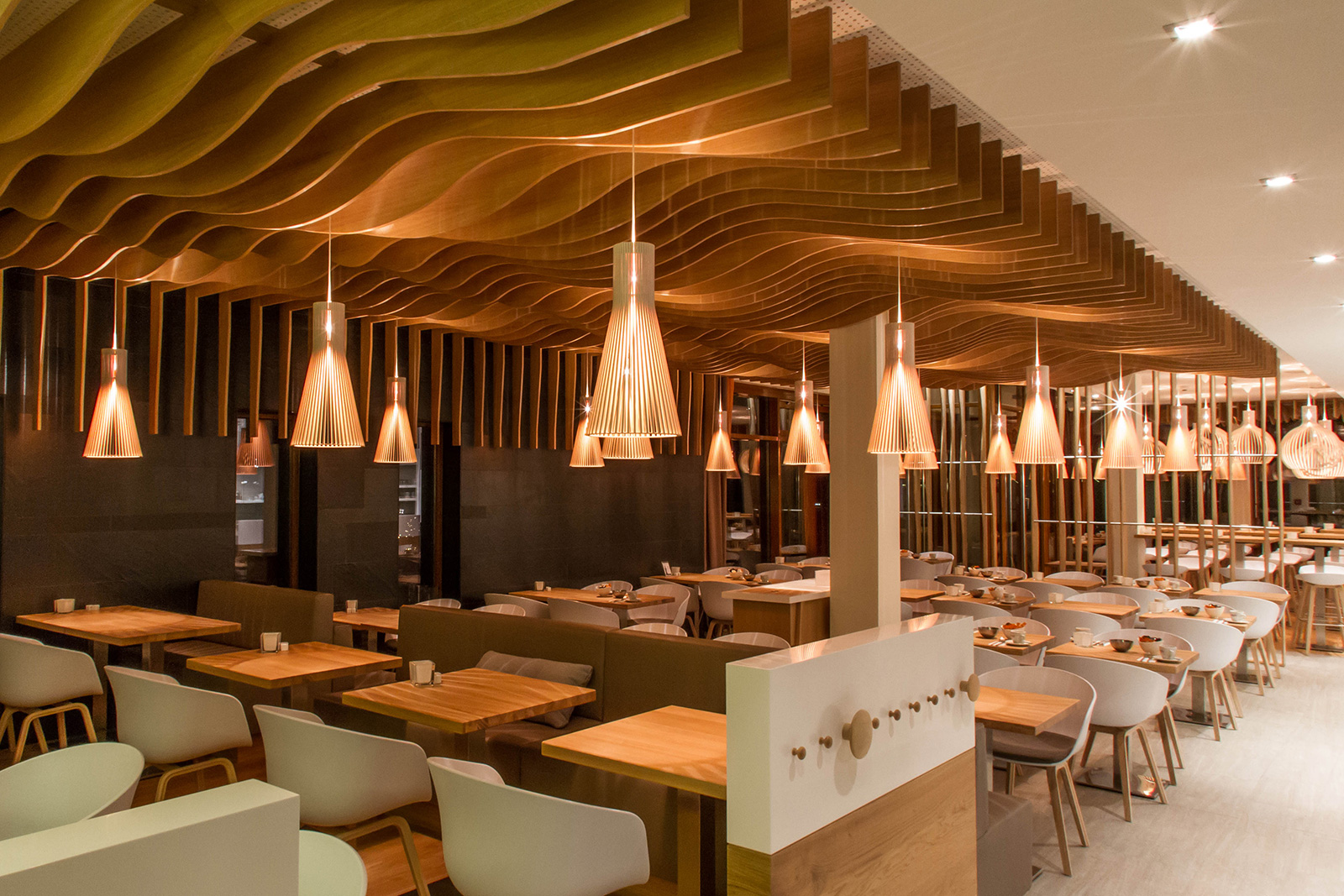
When it comes to eating out, the atmosphere greatly influences how the experience is felt overall. The comfort and aesthetic attractiveness of restaurant seating greatly affect diners’ happiness and the chance of returning, even while the cuisine unquestionably takes center stage.
Designing seating for restaurants that strikes the ideal mix of comfort and flair is a skill that calls for exacting attention to detail and a grasp of hospitality dynamics. This article analyses methods for striking this delicate balance and discusses the significance of comfortable yet fashionable restaurant furniture.
Significance of Restaurant Seating
Restaurant seating is an integral part of the entire dining experience, not just a practical feature of dining venues. Cozy seating promotes a laid-back and social ambiance by enticing customers to stay and enjoy their meals and meaningful conversations.
On the other hand, uncomfortable seating can make it harder to enjoy the meal, which can result in discontent and a lower chance of returning.
Furthermore, the way that restaurants are seated reflects the character and reputation of the business. The seating arrangement of a restaurant, be it a fashionable lounge, an elegant fine dining institution, or a cozy café, says something about the atmosphere, design, and clientele of the business. Thus, it’s crucial to strike the correct balance between comfort and style to create a unified and welcoming dining area.
Elements of Comfortable Seating

Beyond only providing support and padding, comfortable seating also includes a blend of ergonomic design, suitable dimensions, and material choice. The following components are essential for designing cozy restaurant seating:
- Ergonomic design ─ Chairs should be made with an ergonomic design that supports the body’s natural curves, encouraging good posture and lessening strain. Diners are put in the best possible position to relax and enjoy their meals without discomfort thanks to chairs and booths that have well-padded seats, enough lumbar support, and sculpted backs.
- Sufficient cushioning ─ Sufficient cushioning is essential for comfort, particularly while sitting for lengthy periods. The ideal mix of support and softness is provided by premium foam padding covered in supple but long-lasting materials like leather, vinyl, or fabric blends, which improves the eating experience.
- Spaciousness ─ To avoid making customers feel crowded or constrained, there should be enough room between sitting arrangements. To provide simple mobility and guarantee privacy for visitors, tables, and chairs should be placed apart to promote comfort and relaxation.
- Features that can be adjusted ─ Certain diners can have certain demands in terms of armrests, seat height, or ability to recline. By providing items that can be adjusted, such as chairs with different seat heights or reclining choices, hosts can let visitors tailor their seating experiences to suit their comfort levels.
- Mix & match ─ Take advantage of the variety of seating options available by combining various seating heights, materials, and styles. Combining modern and traditional design components creates visual intrigue and lets diners select a seat that best fits their mood and tastes. To accommodate different dining experiences, divide the restaurant into zones with varying arrangements of seating.
- Put comfort first without sacrificing style ─ Comfort should always come first, even in the presence of aesthetics. Purchase top-notch seating that puts durability and ergonomic design first without compromising style. Seek fashionable furniture with exceptional comfort characteristics, such as lumbar support that can be adjusted or memory foam padding.
Inclusivity and Accessibility

Creating an inclusive and accessible dining environment means ensuring that everyone, regardless of physical ability, can enjoy their experience without hindrance. This includes selecting furniture that accommodates diverse body types and mobility needs. Tables should offer clearance for wheelchair users, while seating options might include adjustable heights for ease of access.
Additionally, the layout should facilitate easy navigation for those with mobility aids, ensuring that the restaurant is welcoming to all.
By prioritizing inclusivity and accessibility in furniture and layout design, restaurants can ensure a comfortable dining experience for every guest, reflecting a commitment to diversity and equal enjoyment for all patrons.
Sustainability in Furniture Selection
Choosing sustainable furniture involves more than just selecting environmentally friendly materials; it reflects a restaurant’s commitment to reducing its ecological footprint.
Sustainable furniture selection encompasses materials that are renewable, recycled, or repurposed, reducing the impact on the environment. It also considers the manufacturing process, favoring methods that minimize waste and energy consumption.
By opting for sustainable furniture, restaurants not only contribute to environmental preservation but also appeal to eco-conscious consumers. This approach aligns with a growing trend toward sustainability in the hospitality industry, emphasizing the importance of long-term environmental stewardship in every aspect of restaurant operations.
Impact of Furniture on Acoustics

The design and arrangement of furniture in a restaurant can significantly influence the acoustics of the space. Materials and shapes of tables and chairs can absorb or reflect sound, affecting the overall noise level and clarity of conversations.
Strategic placement of soft furnishings like upholstered seats or curtains can help absorb excess noise, creating a more pleasant auditory environment.
Additionally, the layout of furniture can direct the flow of sound, preventing areas from becoming too loud or too quiet. Understanding the acoustic impact of furniture choices can help create a balanced atmosphere where diners can comfortably converse, enhancing the overall dining experience.
Interplay Between Lighting and Seating
The relationship between lighting and seating in a restaurant is crucial in setting the mood and ambiance of the dining space. Proper lighting can accentuate the design features of furniture and create visual harmony. It can also influence diners’ perception of comfort and space.
For instance, warm, soft lighting can make a space feel cozy and intimate, while brighter lights can energize the atmosphere and make spaces appear larger. The placement of lights in seating areas is equally important, ensuring that diners are neither overwhelmed by glare nor left in the dimness.
By thoughtfully integrating lighting and seating, restaurants can craft an inviting and comfortable environment that enhances the dining experience.

Conclusion
A great dining experience depends on striking a careful balance between comfort and style when designing chairs in the cutthroat restaurant business. Restaurants can create warm, visually appealing dining spaces that appeal to customers by emphasizing ergonomic comfort, adding fashionable accents, and implementing customer-centric tactics.
A restaurant’s ability to create seating arrangements that strike the ideal balance between comfort and style is not only a matter of design; it also reflects the establishment’s dedication to providing exceptional service and satisfying patron needs.









